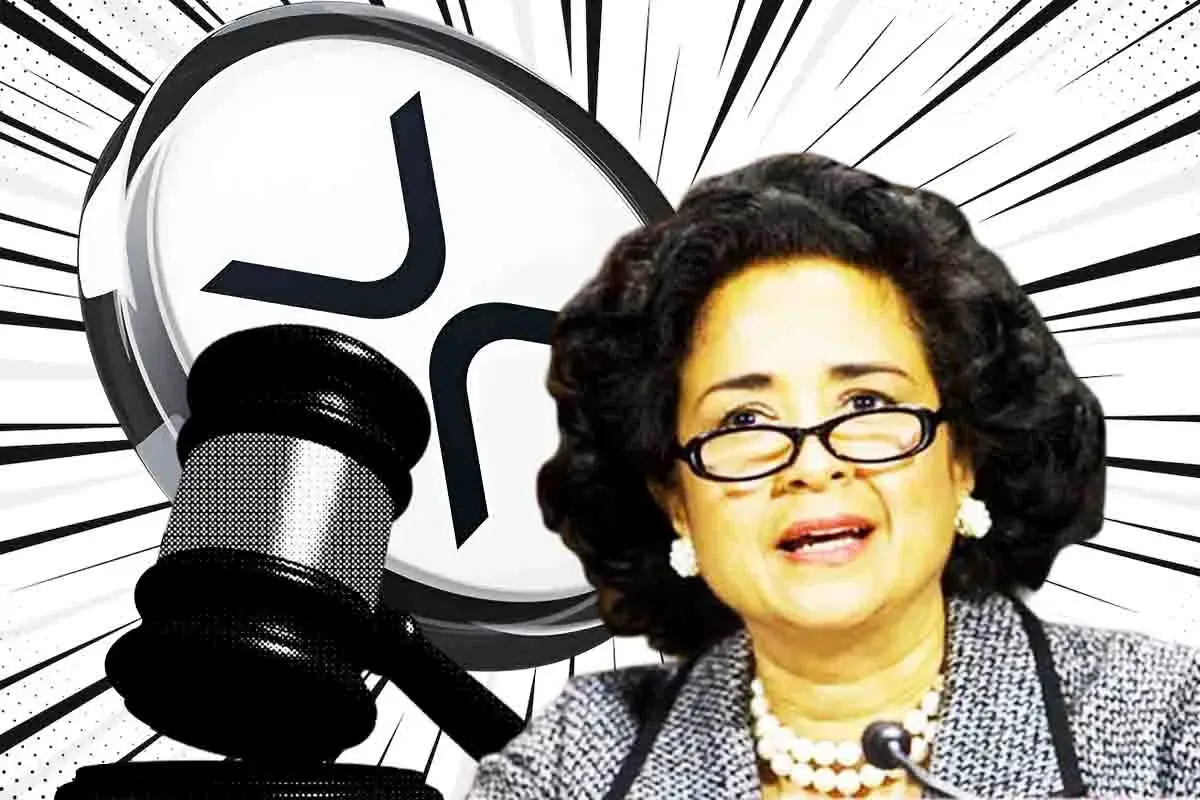
The SEC Ripple settlement saga, a landmark case in cryptocurrency regulation, is at a crossroads. With a Trump-appointed SEC signaling a softer stance, Ripple Labs Inc. and the agency aim to slash penalties and rethink restrictions—but a final judgment complicates the path forward. Here’s everything you need to know about this evolving battle, its challenges, and what’s next for Ripple and the crypto world.
What Sparked the SEC vs. Ripple Clash?
In December 2020, during the waning days of the first Trump administration, the Securities and Exchange Commission (SEC) sued Ripple Labs Inc., alleging the company sold its XRP token without registering it as a security, violating securities laws. The SEC initially demanded nearly $2 billion in penalties. Fast forward to August 2024, Judge Analisa Torres of the U.S. District Court for the Southern District of New York ruled XRP was a security only for institutional sales—a win for crypto advocates—ordering Ripple to pay a reduced $125 million civil penalty.
Both parties appealed to the Second Circuit in October 2024. But with a new, crypto-friendly Trump administration in 2025, the SEC shifted gears, agreeing with Ripple to cut the penalty to $50 million and drop an injunction barring certain XRP sales. The catch? Judge Torres, an Obama appointee, denied their request on May 15, 2025, leaving the settlement in limbo.
Why Did Judge Torres Block the SEC Ripple Settlement?
The SEC and Ripple asked Judge Torres to release escrow funds and lift restrictions on XRP sales, but she refused. Why? She noted the request sought to “absolve” Ripple of ceasing “illegal offer and sale of securities,” a change requiring a motion for relief from a final judgment. Such motions demand “exceptional circumstances,” a high bar the parties didn’t meet.
Court’s Stance: Torres declined to rubber-stamp the SEC’s pivot, signaling skepticism about altering her ruling.
Frustration Factor: “The judge is frustrated with the enforcement agency,” said Keri Axel of Waymaker LLP. After years of litigation, the SEC’s 180-degree shift felt abrupt.
Implication: Courts still shape crypto law, even as the SEC softens under new leadership.
This ruling highlights a key tension: a final judgment exists, and changing it isn’t simple, despite a “crypto reboot” under the Trump administration.
How Does the Trump Era Impact Crypto Policy?
President Trump, back in office in 2025, promised a crypto-friendly shift, vowing to end the “anti-crypto crusade” of the Biden era. “The day I take the oath of office, Joe Biden, Kamala Harris’s anti-crypto crusade, it will end,” he declared in July 2024. Now, the SEC, led by a Trump appointee, is dropping cases and easing enforcement, aligning with this stance.
For Ripple, the $50 million settlement offer reflects this pivot. But the injunction—barring certain XRP sales—matters more than the money, says Joshua Naftalis of Pallas Partners (US) LLP. “It’s the injunction that really matters,” he noted, not just the reduced penalty.
What Options Exist for the SEC Ripple Settlement?
The denied request leaves Ripple and the SEC in an “awkward procedural posture,” per Andrew Balthazor of Holland & Knight LLP. Here are potential paths forward:
Motion for Relief (Rule 60): Under Federal Rule of Civil Procedure 60, the parties could file to modify the judgment. A “catch-all” provision requires “extraordinary circumstances,” but a shift in administration and enforcement priorities might not suffice, Balthazor warns.
Fairness Argument: Keri Axel suggests using Rule 60’s clause for relief when a judgment is “no longer equitable.” A crypto-friendly policy shift could bolster this case.
Non-Enforcement: The SEC could ignore the injunction, but Ripple risks legal action from buyers or state regulators if it sells XRP in violation, Balthazor cautions.
Collateral Suit or Appeal: File a separate suit or appeal a denied Rule 60 motion, Axel says. “Creative lawyers are going to revisit this problem and find another way.”
Public policy favors settlement, and experts believe a solution will emerge, even if it’s not quick.
Why This Matters for Crypto’s Future
The SEC Ripple settlement isn’t just about dollars—it’s a test of crypto regulation. Judge Torres’ refusal to bend signals courts won’t blindly follow the SEC’s new direction. “She declined to rubber-stamp the SEC’s fundamental change in position as to whether XRP is a security,” Naftalis explained.
Crypto Reboot: The Trump administration’s stance reshapes enforcement, but courts remain a check.
Ripple’s Stake: Lifting the injunction would free Ripple to expand XRP sales, boosting its blockchain vision.
Industry Impact: A resolution could set a precedent for how tokens are classified and regulated.
What Can Ripple and Crypto Fans Do Now?
While the SEC and Ripple regroup, here’s how to stay ahead:
Follow Updates: Track Ripple’s X posts (e.g., Chief Legal Officer Stuart Alderoty’s statements) and SEC announcements for progress.
Assess Risks: If the injunction holds, XRP sales could face legal challenges—buyers and investors, beware.
Explore Advocacy: Support crypto-friendly policies to influence future rulings.
Consult Experts: Work with legal pros to navigate securities laws if you’re a token issuer or investor.
The SEC Ripple settlement drama underscores a shifting landscape—crypto’s “reboot” meets judicial rigor. With a $50 million deal on the table and an injunction in play, Ripple and the SEC face hurdles to align with a pro-crypto administration. Creative legal moves, like a Rule 60 motion or collateral suit, may pave the way. Stay tuned, and check back for updates on how this case reshapes blockchain’s future. Have thoughts? Share below and join the crypto conversation!





